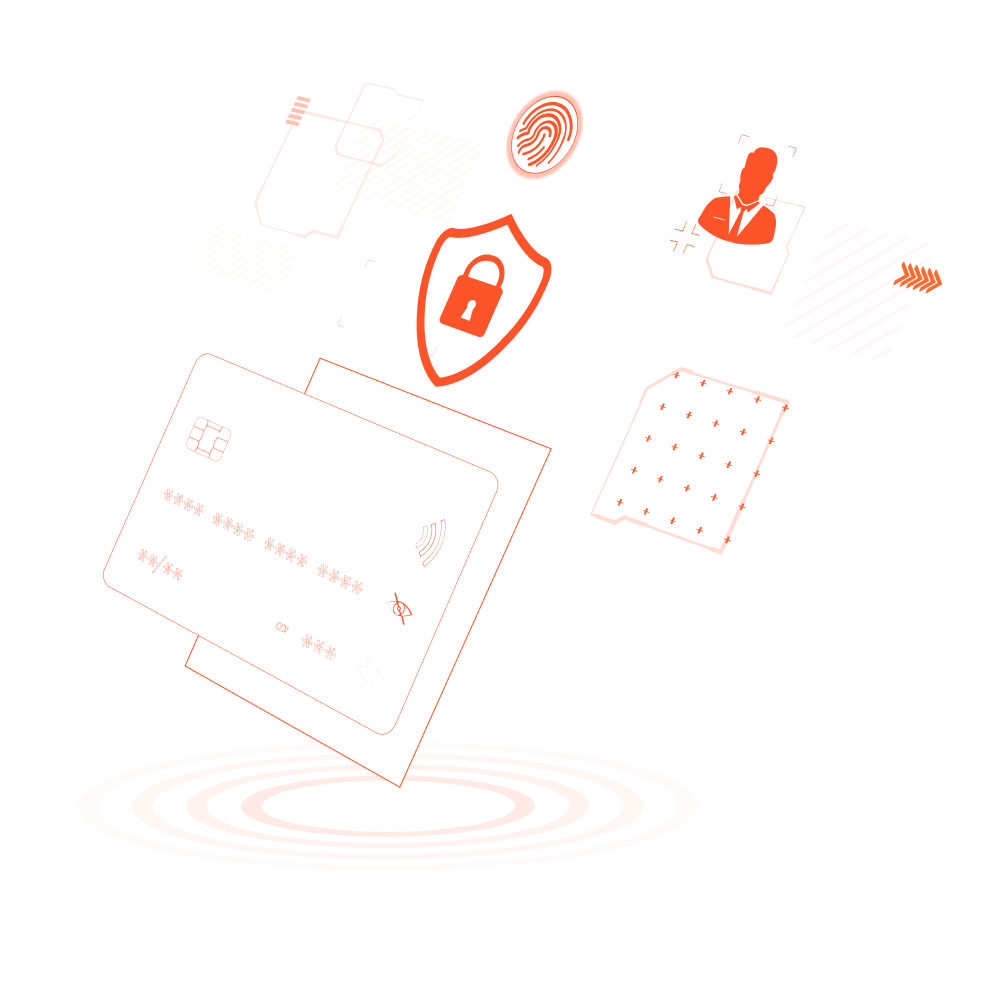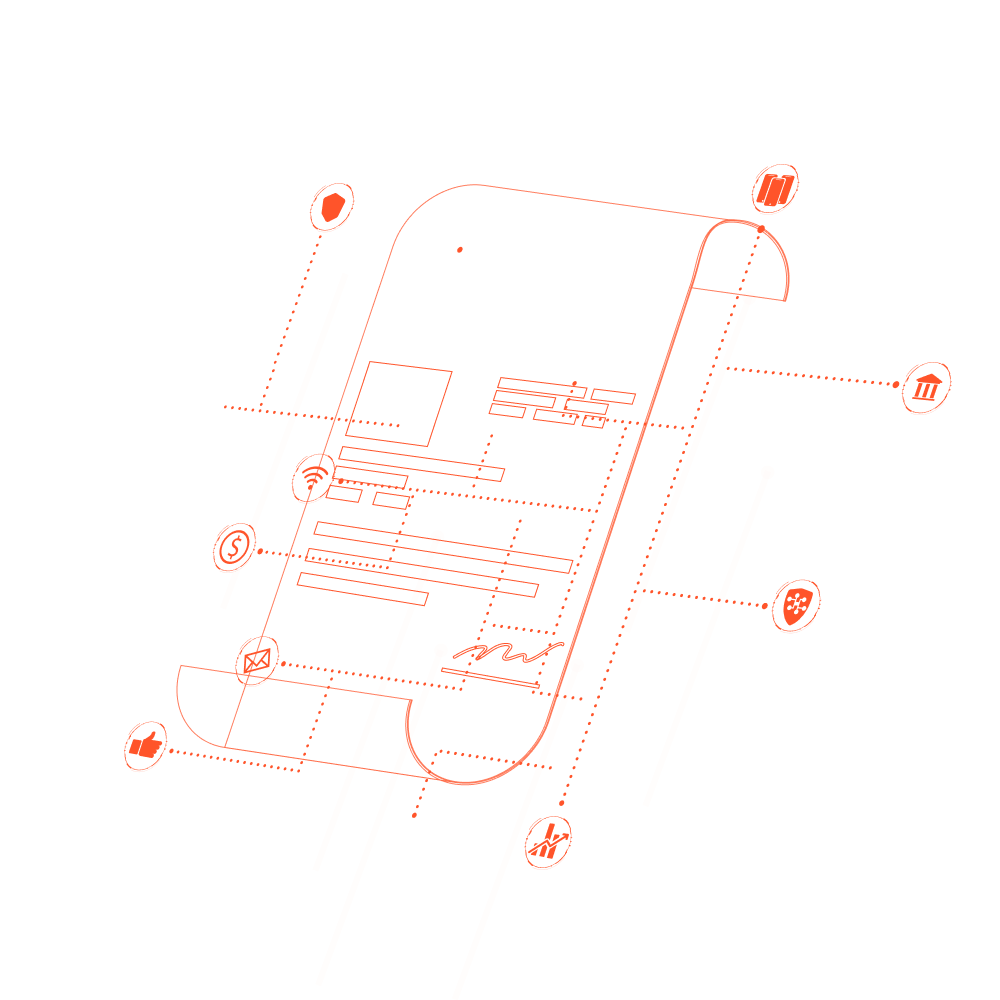This is the second and last part of our Blockchain 101 series, specially created for those with financial services or payments backgrounds. Learn more about key terms and how this emerging technology has the potential to transform our financial infrastructure.
Layer 1/Layer 2
In brief: Terms used to describe the underlying main blockchain architecture and an overlaid, third-party network.
Some of the popular blockchain networks, such as Ethereum, are slow and expensive. To help resolve this, a second payment mechanism, which is faster and cheaper (in terms of Gas), is often overlaid onto the main network. This uses smart contracts to create what is essentially an omnibus account on the main blockchain network. This solution facilitates improved transaction processing, with periodic settlement back to the underlying blockchain (which is the system of record).
The two layers have a similar relationship to that between a Real-Time Payment (RTP) system and the Real-Time Gross Settlement (RTGS) system that backs it. The underlying blockchain (RTGS) is known as Layer 1, and all the solutions ‘above’ it (RTP solutions), are Layer 2.
This is an active area of research and many solutions exist. However, few are proven as of yet.

Mining
In brief: The process of creating new cryptocurrency units by solving puzzles.
Solving each puzzle, a complex cryptographic calculation known as a ‘hash’, involves vast, decentralised networks of computers around the world. Usually, one party will solve the puzzle, and is rewarded with a new coin and any fees for the transactions that are added to the blockchain ledger.
This process is repeated to add new coins. One of the most important benefits of mining is that it prevents the double-spending of digital currency on a distributed network.
Network
In brief: An infrastructure that allows applications to access ledger and smart contract services.
There are many different networks, referred to in several different ways. Frequently used terms to describe a network include blockchains, blockchain networks and Distributed Ledger Networks (DLNs). Individual networks can be given a commercially designed name or named after the technology they use.
One example of this is Ethereum, which is both the name of the network and the technology platform behind the network. Ethereum technology is also used by many other networks, including Polygon, Fantom and Binance Smart Chain (BSC).The two oldest and largest networks are Bitcoin and Ethereum.
However, there is constant competition between newer networks to be the next dominant network. Although there are around fifty significant networks at any given time, this number is likely to fall, as the market consolidates around the most-used networks.
Node
In brief: One of the many devices on the network that run the blockchain protocol software and store the history of transactions.
A node is a part of the blockchain network, analogous to a local payment gateway, such as a SWIFT gateway or a Mastercard MIP. All blockchain nodes hold a full copy of all transactions that have ever happened on the network. To make a payment on a blockchain network, it is first submitted to a local node. From there, it propagates around the network, eventually being considered final when stored in all nodes.
Non-fungible token (NFT)
In brief: A unique cryptographic token that exists on blockchain and cannot be replicated.
NFTs are a different type of token. Each NFT is unique and wallets hold a list of them, rather than a balance. NFTs are typically used as proof of ownership, and have become extremely popular during 2021/2022, as they can represent a wide range of real-world items such as artwork and real estate. However, ownership via blockchain private keys is not legally enforceable anywhere, and many of the assets linked to NFTs are of dubious real value (e.g. simple graphics or JPEGs).
NFT technology has many other potential uses, including contexts of enforceable ownership, provenance of goods and “product passport / digital twin” applications.
Omnibus account
In brief: Accounts that hold the funds of more than one user.
An omnibus account allows more than one person to manage trades and provides full anonymity for all account users. Account transactions are carried out in the name of the broker, who can usually execute trades on behalf of investors holding funds inside the omnibus account. Trade confirmations and statements are provided to account users.
Payment instruments
In brief: Uses of programmable money.
One of the key advantages of blockchain-based payment networks is that, due to the flexibility of smart contracts, new payment functionality can be built quickly and easily. Furthermore, they can be deployed immediately across the whole network and used by a large number of users without requiring large-scale changes by main industry participants – an issue which has historically constrained payments innovation. Payment instruments include:
- Credit transfer
- Debit and debit authorisation
- Bulk credit and debit
- Earmarking and escrow
- Payment workflows, including approvals, holds and so on
- Multi-signature payments (and multi-owner accounts)
- White-listing of where funds can be spent
- And many more.

Smart contracts
In brief: Programmes which are stored on a blockchain and run when specific, predetermined conditions are met.
Smart contracts are programmes associated with an address, which run when transactions are sent to that address. They can be compared to bank accounts which are controlled by programmable robots, rather than people.
For example, all tokens on the Ethereum network (other than the native ETH token) are built from smart contracts. Each token has a unique address, and there is a stored list (much like a spreadsheet) that shows who owns how much of that token. Tokens are transferred by sending an instruction (to the smart contract’s address) which updates the smart contract’s “spreadsheet” of ownership.
As smart contracts hold large amounts of funds, it is critical that they are error-free. Programming errors can, and do, lead to very large losses – in the billions of dollars on Ethereum.

Stablecoins
In brief: A digital currency that is pegged to a stable asset such as the dollar or gold.
Designed to reduce volatility, compared with unpegged cryptocurrencies like Bitcoin, stablecoins are better suited to commerce and inter-exchange transfers. Because they are intended to have a fixed price, and are backed by reserves, they can be lent as collateral and redeemed by users. The two biggest stablecoin operators are Tether and USDC, run by Circle.
Tokens
In brief: A digital asset that runs on another cryptocurrency’s blockchain.
There are several types of token, and the terminology around them varies. While they largely use the same underlying technologies, they differ in terms of their status, safety and fungibility (redeemability).
Transparency
In brief: The ability to search, access holdings and transactions of public addresses.
On public blockchains, anybody can view all transactions in the network, and can run their own node. User privacy is only protected by the fact that address ownership is not recorded, it is known only to the wallets and exchanges. Blockchain addresses are usually considered Personally Identifiable Information (PII) for GDPR purposes.
However, blockchain analysis companies are able to identify 80-87% of addresses on any given blockchain, and illegal funds are regularly recovered.
Unbacked stablecoins
In brief: A class of stablecoin that operates on a supply and demand basis.
Unbacked stablecoins are tokens that attempt to peg themselves to the value of a fiat currency by using algorithms to respond to market conditions. They are not backed by any underlying collateral, and are considered risky as large changes in market conditions (or other specific circumstances) could cause them to lose their value. An example is DAI.



